
This year, Béhar partnered with Kodak to bring the Super 8 back, for the first time since 1982, as a film-digital hybrid camera updated for modern filmmakers. A (non-working) prototype is showing this week at the Consumer Electronics Show, and Kodak expects to put the camera on the market in September. It’ll cost between $400 and $750, but Kodak expects the final figure to skew closer to $400.
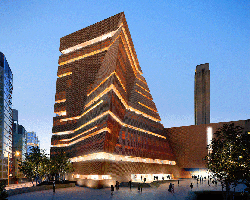 |
10 Buildings We're Looking Forward To in 2016 The past 12 months has seen some remarkable projects delivered around the globe; from the world’s second tallest building — Gensler’s Shanghai Tower — to the many pavilions of the Milan World Expo. The ambitions of designers and developers remains undiminished, though, and 2016 will see the completion of a host of new, groundbreaking, genre-defining architectural landmarks around the world. [Architizer] |
 |
3-D Printed Ceramics Could Build Next-Gen Spaceships Engineers have always liked ceramic parts -- they are strong, lightweight and handle heat better than many metals, ideal for crafting parts for airplanes or rockets. Heat-shielding tiles on the space shuttle were made from ceramics, for example. Now researchers have used a 3-D printer to make customized ceramic parts that have also overcome the Achilles’ heel of ceramic objects: their tendency to crack. [Discovery] |
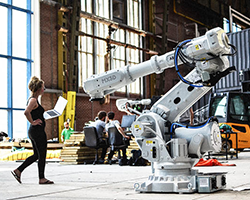 |
9 Ideas Shaping The Future Of Architecture Robots 3-D printing bridges in mid-air. Building materials that shape-shift in response to the rain. Office parks that actually look like parks. The most innovative architectural projects we covered in 2015 offer a compelling look at the big ideas shaping the future of the built environment. After all, today's gee-whiz experiments are the stuff of tomorrow's daily life. [Fast Co. Design] |
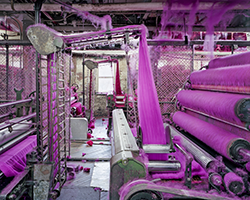 |
A Photographic Celebration of America’s Textile Industry Typically focusing on obsolete or decrepit architectural structures, photographer Chris Payne's most recent project, Textiles, documents the aesthetics of the colorfully-hued American textile industry. His photographs showcase the bright runs of yarn and thread as the materials makes their way through the hyper-organized machinery, appearing digitally altered in their extreme hot pinks, vibrant reds, and electric blues. [Colossal] |
 |
Dear Architects: Sound Matters The spaces we design and inhabit all have distinctive sounds. The reading rooms at the New York Public Library have an overlay of rich sound. Your office may be a big room in a glass building with rows of cubicles where people stare into computer screens. It may be sealed off from the outside, and you may think it is quiet. Is it? [New York Times Interactive] |
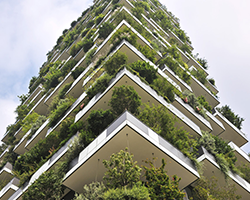 |
The Amazing Architecture That Captivated Us in 2015 Not long ago, employing advanced computer technology to deform a building into shards or blobs was enough to capture our imaginations. Today, it requires something more, be it formal sophistication, environmental innovation, intricate detailing, sophisticated materials, diverse programs, flexible layouts, or a connection to the surrounding landscape. [Wired] |
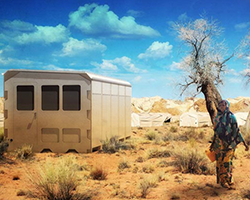 |
Refugee Camps Are The "Cities Of Tomorrow", Says Humanitarian-Aid Expert Governments should stop thinking about refugee camps as temporary places, says Kilian Kleinschmidt, one of the world's leading authorities on humanitarian aid. "These are the cities of tomorrow," said Kleinschmidt of Europe's rapidly expanding refugee camps. "The average stay today in a camp is 17 years. That's a generation." [Dezeen] |
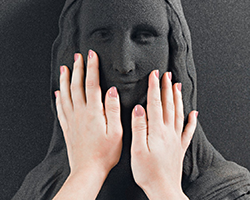 |
Unseen Art: 3D Printing Classical Paintings For The Blind "You can look but you can’t touch." That's one of the first rules of museums, which house priceless works of art. But what about the community of blind and visually impaired who use their sense of touch to experience the world? The Unseen Art Project is an initiative to make art more accessible and inclusive by using 3D-printing technology to create replicas of masterpieces that can be touched 'till your heart is content. [Colossal] |
No comments:
Post a Comment